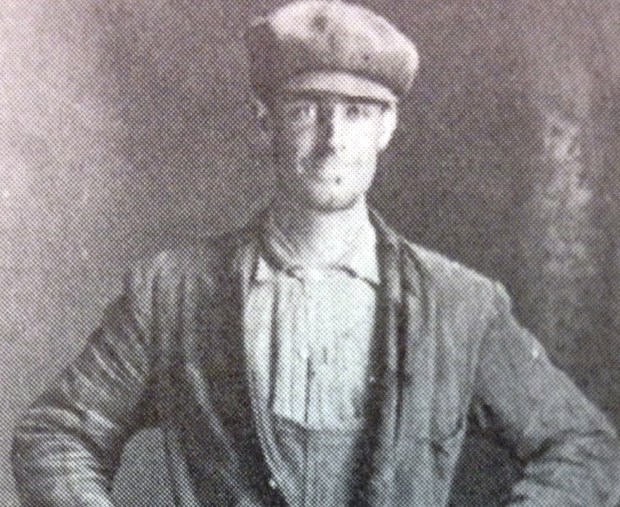The spring season was just a few days old when James Arthur Hayne walked into an army recruiting office in New Westminster.
Hayne, a 24-year-old Steveston fisherman, was ready to serve Canada in the biggest fight the fledgling country had ever faced.
Today, Hayne’s name is on the Richmond cenotaph — a memorial to Richmond’s fallen soldiers.
It was March 1916, and Hayne was one of thousands of young men answering the call for soldiers to fight in the First World War battlefields of Europe. Canadian troops had already been introduced to the horrors of trench warfare in France and its dirt, disease and death, but Hayne was undeterred.
His signed attestation paper, on file at Library and Archives Canada, tells the story of a fit, young man, who married less than two years earlier.
“Do you understand the nature and terms of your engagement?” the enlistment form asked. Hayne responded with neat penmanship: “Yes.”
He joined the Canadian Expeditionary Force and left for England on Nov. 1, 1916, leaving his wife and two young children, Gordon and Mary Frances, behind. Within a month, he was in France.
By that time, the November rains had turned battlefields into bogs. Allies had already suffered countless casualties in the war of attrition against Germany, and an estimated 200,000 soldiers on both sides had been killed.
Hayne reached the front lines on Dec. 19, 1916, according to Bruce MacDonald, a retired high school teacher and researcher, who is documenting war histories of veterans from Hayne’s birthplace in Nova Scotia.
“It wasn›t long before Arthur and his inexperienced companions received their first taste of life at the front. The battalion war diary reported ‘considerable sniping [but] little shelling’ the day after their arrival in the trenches,” noted MacDonald, whose book First World War Honour Roll of Guysborough County, Nova Scotiais due out this month.
Winter slowed the fighting, but a new offensive began in the spring of 1917. On March 31, Hayne was handpicked to join a night raid on German trenches. Allied soldiers faced heavy fire throughout the half-hour attack. They retreated and began counting: seven dead, eight missing and 43 wounded — including Hayne.
The fisherman had been shot in the cheek. But the injury wasn’t serious and four days later Hayne returned to the battlefield. Then came May 1, 1917. It was a quiet day for Hayne’s battalion, according to MacDonald, except for one casualty recorded in a war diary: “790031 killed in action.”
“The 47th Battalion’s war diary offers no insight into the circumstances of Pte. James Arthur Hayne’s death. Perhaps he was a victim of the intermittent gunfire exchanged along the front lines. He may have been shot by a German sniper,” noted MacDonald.
Hayne was among the more than 650,000 Canadians who served in the four-year war — 66,000 were killed, including 28 from Richmond, whose names are memorialized on the No. 3 Road cenotaph.
Little is known about these men, something the late researcher Mary Keen sought to change with her 1998 book We Will Remember Them. The book is a tribute to Richmond’s fallen soldiers, men who deserve to be remembered by more than their immediate families, she wrote.
Each Nov. 11, the community indeed remembers, but in her book, Keen wondered how many who gather at Remembrance Day ceremonies reflect on the lives behind the names inscribed on the cenotaph.
“Some were heroes, a few saw an opportunity to change their humdrum lives, many were family men whose children would never know their father, but all had one fact in common, they died for their country, Canada.”
James Arthur Hayne (left) in a photo taken sometime before he enlisted to fight in the First World War. (Above) His wife, Lilly Hayne, with children Gordon and Mary, pose for a Christmas card portrait in 1917, the same year her husband died on the battlefields of Europe. Photos by City of Richmond Archives



